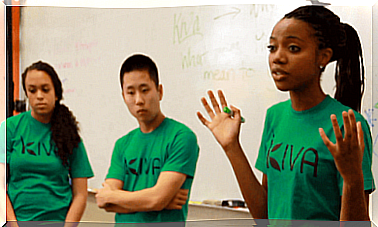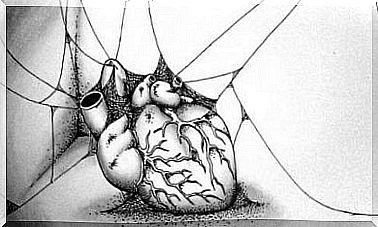Puzzle Room: The Return To The School Of Integration
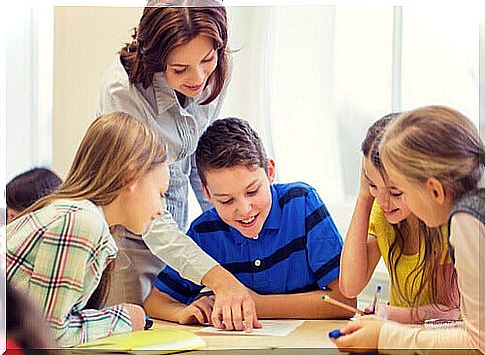
“The united group stays united”. With this sentence we can summarize the objectives pursued since the first year of schooling in the puzzle room: a class in which social integration, cooperation and empathy are educated.
From the age of 6, children’s cognitive development is mature to the point that it is possible for us to reason with them about how to avoid wrongdoing and how to control their behavior. Childhood education is therefore one of the best moments to create behavioral habits based on peaceful and respectful coexistence.
The first school year is a challenge for children
For most children, the first day of school represents a huge change: they move from being the little ones of the house to pupils who have to take on new responsibilities and obligations and acquire different roles.
Among these, that of “student” which requires them to learn to interact, develop and establish relationships with other children of the same or different age and culture. They establish new target groups and create distinct criteria that raise questions that prompt them to judge themselves and their surroundings.
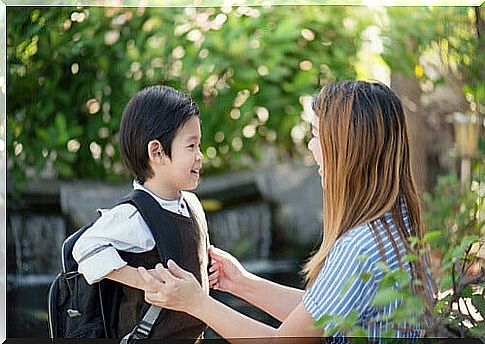
The new social reality
If all this presupposes a change in attitude and stimulates their cognitive development, imagine what a classroom implies for them in which different religions, habits, skin color and lessons learned are mixed. Adaptation, if approached from the wrong perspective, can be very complicated.
Migration flows result in the transition from a monocultural to a multicultural society and the emergence of a “new citizenship”. For this reason, it is essential to realize that this reality can serve as an opportunity to educate children in tolerance, coexistence and social and cultural respect.
In this context arises the technique of the puzzle room, implemented by Aronson, used in a satisfactory way in groups of different educational cycles and accustomed to different learning styles.
Classroom puzzle: positive, effective and simple
The puzzle room is a cooperative learning technique that seeks to reinforce the main structure (the classroom) through the constant interaction and cohesion of each and every one of its pieces (the children). Its methodology is dynamic, functional and simple. It consists in the development of collaboration and work groups between classmates to achieve a common goal.
This strategy sees each child as a key piece of the group that only makes sense if they work in unison, together and to achieve the same goal. During the school phase, different statuses are formed among children: the popular, the ignored, the rejected and the controversial. Through the puzzle room, these roles are mitigated.
Structure of the puzzle classroom
The origin of prejudices in children lies in a series of negative influences that are beyond the control of the schools, therefore that arise in the family environment. However, the educator and the pedagogue contribute to building the stairs of the family educational pyramid and must be effective cultural mediators. How to structure this technique and make it work?
- Explain the technique: it reveals to the children what it consists of, what is its task and objective. Children are motivated and taught some basic social skills to interact with the group. It is essential that the professor insists that they must all work together and row in the same direction.
- Configuration of the “nanny” groups made up of 4 or 5 pupils from different cultures. In each group, the objective learning area is divided into as many categories as there are people in the group. For example, one child might search for synonyms, another for antonyms, another change the order of sentences, find the intruding word, etc.
- Configuration of the group of “experts”: pupils belonging to the same category gather in this other group, in which they debate, express themselves. For example, in a group of experts, only one person will be responsible for looking up the synonyms of a word, another only for antonyms and so on.
- Return to the nurse group: each expert returns to his nurse group and explains the results and what he has learned to the rest.
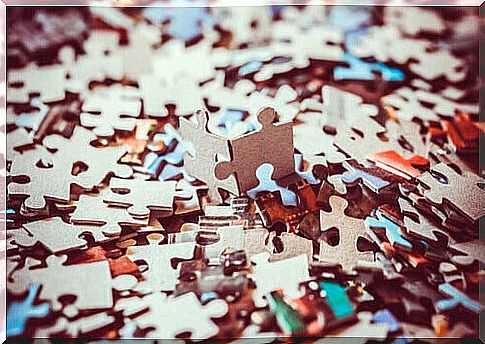
Advantages of the puzzle technique
Some of the advantages of the puzzle classroom over any conventional method that claims to improve relations between pupils of different ethnicities are:
- It helps pupils think critically and improve emotional intelligence on cultural topics, even if they may not yet have reached the necessary maturity to awaken their ethical side.
- It allows you to compare different points of view taking into account the cultural and ideological variants of each child, and increasing their skills.
- It increases empathy, positive personal contacts between pupils and allows them to develop solidarity and civic sense.
- It guarantees the development of social skills to relate to the group and present their point of view in an assertive and non-coercive manner.
- Cognitive exchange favors ingenuity and creativity through the adoption of intellectual work techniques.
- It makes autonomous learning possible: as they grow up, it is good for children to acquire a certain independence, so that they can make decisions on their own and gain security and trust.
The puzzle room is, therefore, a cooperative teaching method that has proven effective in promoting an environment of peaceful coexistence at school, regardless of the age of the pupils. It allows to establish behavioral habits based on tolerance and mutual respect, as well as intellectual and cognitive development based on collaboration and social work.
